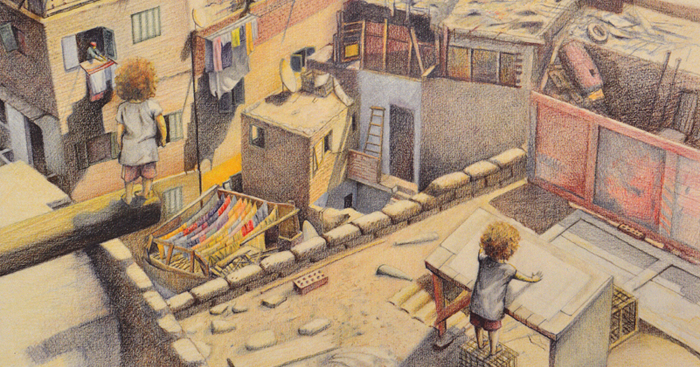
Interview: Gülgün Kayim
Published February 8th, 2017 by Russ White
Minneapolis’s Director of Arts, Culture, and the Creative Economy sits down to talk about the arts, the city, and NEMAA’s biannual Wintertide exhibit.
Full disclosure up top: I am a NEMAA member and serve on its board. So it probably comes as no surprise that I think you should stop in to Public Functionary this week to see Wintertide, the biannual juried show of work by NEMAA members. But it actually is a good survey of the talents and interests of artists in Northeast (29 are featured), and it’s only open through February 11th, so hop to it.
Known primarily as the organizers behind Art-A-Whirl, the Northeast Minneapolis Arts Association is a non-profit organization of over 900 artists, businesses, and community members. Of all the exhibitions and programs NEMAA puts on throughout the year, Wintertide is probably the most traditionally polished: the work is selected by three jurors prominent in the arts scene, and Public Functionary mounts a characteristically clean and classy installation.
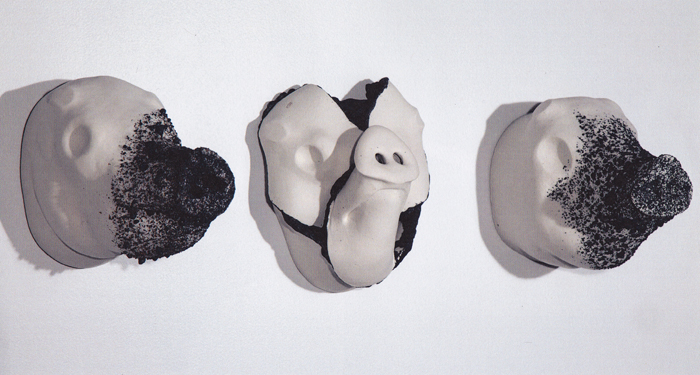 Brian Boldon, American Feral
Brian Boldon, American Feral
I had the good fortune recently to sit down for coffee with one of this year’s jurors, Gülgün Kayim, the Director of Arts, Culture, and the Creative Economy for the city of Minneapolis and a member of the affiliate faculty in the Department of Theater Arts & Dance at the University of Minnesota. We had a lengthy discussion about her work as an arts advocate, the current state of the city’s creative economy, and how artists can teach city officials different ways to creatively solve municipal problems.
She oversees a multi-faceted arts outreach and implementation program within the City Coordinator’s office that is currently focused on four specific initiatives:
• The Minneapolis Creative Index, a bi-annual economic report assessing the scale and impact of Minneapolis’ creative sector;
• The Creative Citymaking Program, a program developed collaboratively with Intermedia Arts and now managed by ACCE that applies artists’ processes to the problems facing the city;
• The Creative City Challenge, a temporary public art commission program and collaboration between Northern Spark and the Commons to create and install a destination artwork that acts as a sociable and participatory platform for onsite programming and encourage a sense of connectedness to the city and its rich cultural and natural offerings;
• and the Creative City Road Map, a 10 year strategic plan for developing the city’s creative assets.
Our conversation has been edited here for length, but I encourage everyone interested in learning more to visit Gülgün in person during her biweekly open office hours.
RW: First off, you were one of the jurors for NEMAA’s Wintertide exhibit this year. What can viewers expect at the show this year?
GK: Wow, I don’t know how to answer that… Good artwork!
RW: Another way to frame the question might be to ask if is there a theme or through-line that emerged in the work that was chosen, or did you and your fellow jurors put it together as more of a “best of the best” show?
GK: Well, I think as with any jury the result is a compilation of our own visions and perspectives. We had a healthy debate on each others’ perspectives, and I was very happy that things that I really loved are in there, but there are things that I don’t love that others love that are in there. I think a different jury would deliver to you a completely different show, so I would consider it a compilation of the three of us and the debates we had. Some things that I really adored didn’t stay, but there’s nothing I can do about that because it’s always a conversation between jurors.
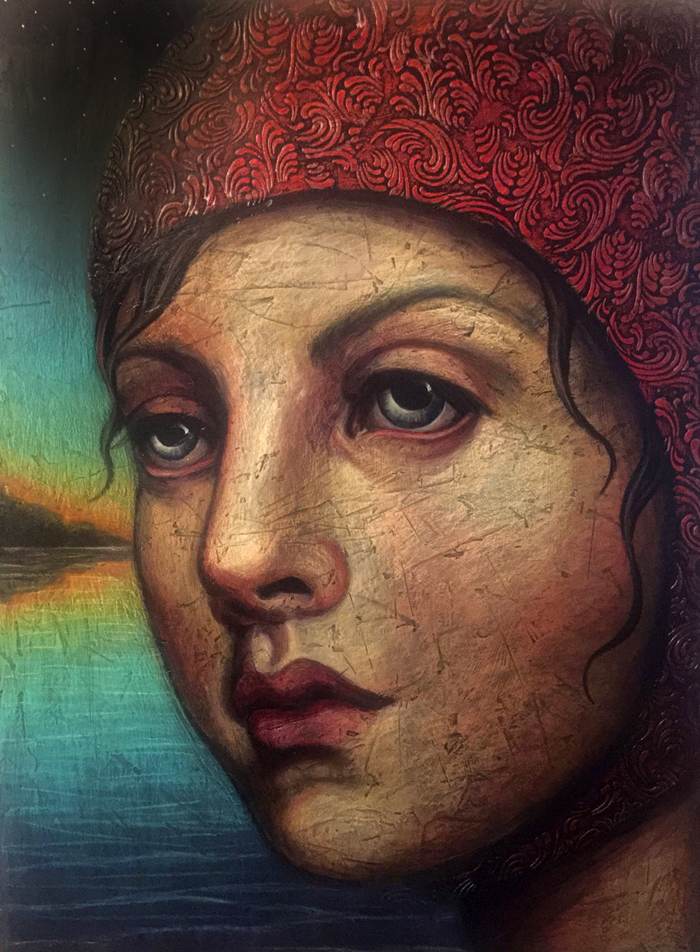 Mary Solberg, Night Swim
Mary Solberg, Night Swim
RW: What do you think is the importance of NEMAA to the arts scene in Northeast?
GK: NEMAA is a collection of voices. When I talk to elected officials, you can come in as an individual, and the elected official will say, “Well that’s just your point of view.” But if you come in as an association, then they’re paying attention to a collective voice. NEMAA is a collective voice, an association of artists, so you have power and leverage. If you’re fighting among each other though, especially within the Arts District, then you have less potential to get what you need done.
I think Art-A-Whirl is fantastic. I actually participated in it; I am the co-founder of a small performance company, Skewed Visions, that had a studio in the Casket Arts Building. We ended up leaving because that building isn’t built for performance, so that was our struggle. We used to have gatherings and events and had a studio for five years, but we eventually left because it wasn’t working. But anyway, I love Art-A-Whirl. I’ve always gone and participated as a performer. But one of my frustrations with Art-A-Whirl is that it’s very discipline-specific; it’s constructed for visual artists, and those of us who are performing artists have never found a way to collaborate. I don’t know if it should be something else, but that’s just an observation.
RW: How do you think Northeast, as an Arts District, fits into the larger picture of the city’s creative economy?
GK: I have to remind myself through the data, because what we have identified through the Index is the density of workers to specific zip codes. So we said, among people that work in different areas of the city what percentage of those are artists? And we highlighted the zip codes that had a stronger percentage of artists. The index shows that Northeast is very important. However, what was even more interesting and surprising to me was that the Marcy-Holmes area was stronger than the upper Northeast. But what was shocking was 55419, the Southwest side, which is where I live; that neighborhood featured a very high percentage of creative workers. What’s interesting is that when I have gone to elected officials and talked to them about the importance of the arts in their wards, some have made assumptions that the arts are not as prominent. Now I’ve got the information that demonstrates a different perspective of their wards and can change those views
But I think cultural districts are important. Having a density of artists is important because it creates an environment where you can collaborate, and the arts can be made visible and tangible. And I think affordability in these districts is another aspect, at least for the moment. I used to go to Northeast before it was fun and funky, and now it is. But I also believe that arts should be found everywhere, not just in one place. People use cultural districts more as a communications tool, and it can have its pluses and minuses. The plus is you can feel like there’s a community there. The minus is everyone else shows up, too. I don’t know what to do about that, but that’s part of the conversation we’re trying to have on the city’s comprehensive planning process.
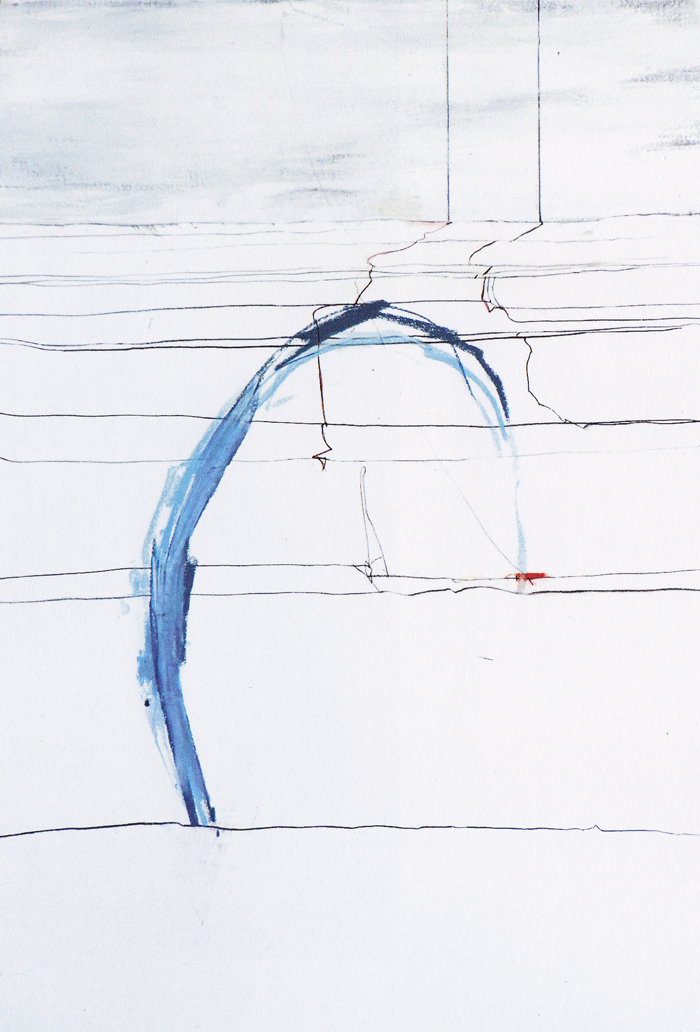 Stephanie Molstre-Kotz, Water Arc
Stephanie Molstre-Kotz, Water Arc
RW: You have been instrumental in developing the city’s Creative Index for the past few years, compiling a multitude of data points to create a snapshot of where and how the city’s creative industries are operating financially, ethnically, and geographically. How are you seeing these indices actually put to use?
GK: Here’s a concrete example: the head of design for 3M loves the report. He hires lots and lots of creative people, and he uses the report to recruit people, locally and nationally, to come and work at 3M. Because now he finally has something to say, “If you come here, look at what else you can do. Plus, you didn’t know that Minneapolis is a great place to be.” I don’t think that word has gotten out nationally. He uses it for that.
I hear from people teaching Urban Design & Development at the University that they’re using the report to assess and map out where creative people are living and working. Elected officials are using the report to talk about why they are interested in supporting creative initiatives. Within the city government, we are using the report in our economic development conversations especially to inform our comprehensive planning process. Our Economic Development Department is using this comprehensive data and saying “Wow, we didn’t realize what a tremendous asset we have in this community. We need to pay attention to that asset!” The tourism people are saying “We didn’t realize how we compare to other cities. We need to market that and bring more tourists here!” We’re now on par with the way we talk about other industries, which is great. I would love the entire metropolitan area to use this data.
RW: What areas in the creative economy do you think we as a city need to improve?
GK: Well, we shouldn’t fool ourselves in the arts community and think that we’re so fabulous. We’ve got to deal with our own house. The percentage locally of employment for artists of color is 9, and the national average is 17, so there is an economic disparity in the creative sector too. We at least have got to be up there in the national average. That’s where I think capacity and building support can lie in the arts. But we as a community have got to be okay with that, because when I bring that up, over and over again people say “What about me?” And I know we are all feeling the economic pinch, but you have to understand that certain people are worse off than you. We need to make sure that, in the future, we’re all here in the same place.
Another aspect is pay scales for creative workers. Who are artists? They’re skilled workers. I keep emphasizing that because, in the broader community, people will say “Oh, I could paint that.” No, you couldn’t. Artists are skilled workers, and you’ve got to pay artists a living wage. If you want a skilled worker, pay them for their skill level. That’s why the Index is there, to show what these skilled workers are getting paid. Artists are getting paid less, on the whole, than skilled workers in the other industries in the metro area. In the Index report, we looked at those creative jobs that are actually paying people a living wage and discussed how to get more women, more people of color into those jobs. And also, white men are getting paid better. Disparities in Minneapolis appear across sectors. It happens in the creative sector just as much as other sectors, so we shouldn’t kid ourselves in the arts into thinking we’re better off. We’re not.
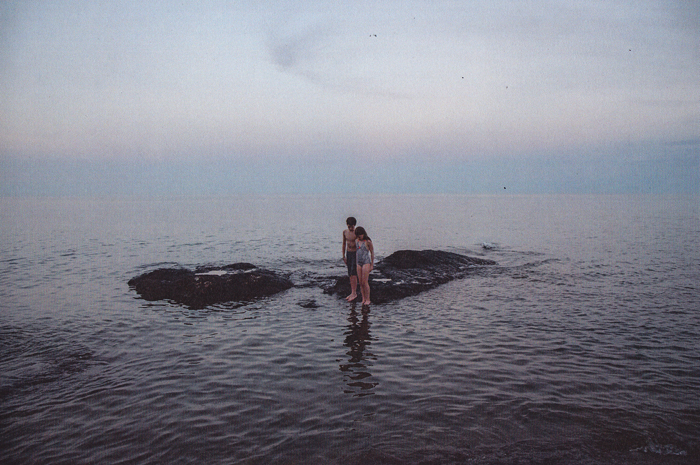 Dan Marshall, Wide Open
Dan Marshall, Wide Open
Those disparities [both in the creative sector and outside it] have to be addressed, and I think arts and culture processes can help address them because what the arts bring to the table is an asset-based conversation. What I mean by that is, I’ve learned by working with housing developers that when you engage a community in a conversation around housing, and the community is talking about being afraid and having safety issues, then those developers take those ideas and create buildings that amplify that fear. Again, process and how you engage and think about what you do matters.
I was in Detroit recently, watching housing developers talk with architects, and they were designing walled, gated communities within the city. And I’m saying guys, you can still deal with safety without building walls. Don’t do that to yourselves! Can you have an asset-based conversation to say, “What are the good things here?” How you talk to each other really bleeds into what that environment ends up looking like. Language matters. Imagination really matters. My point is that what artists can do is hold that line and say this is how you have imaginative, asset-based conversations grounded in our best selves and not on our most fearful instincts. With communities that haven’t been heard and are treated poorly, we can get engaged in celebrating those communities. And that’s where you can have a better conversation.
RW: It has been reported that the Trump administration is planning to eliminate the National Endowment for the Arts and the National Endowment for the Humanities, as well as privatize the Corporation for Public Broadcasting, which partially funds NPR and PBS. Why do you think legislators fail to see artists and creatives as both important to American culture and to the economy?
GK: Because I think they haven’t fully received the message. I think all of these economic evaluations, including the Index, are relatively new. And it’s not just legislators, it’s their constituents, and they are responsive to their constituents. So the question is, who is getting that message out again and again? And the other piece is, we’ve kind of been silent in the arts. When we talk about arts, what are we really talking about?
In the Index, we try to say it’s actually broader than you think it is. We’ve taken a holistic view of the arts and creativity. In the Index, we don’t just talk about nonprofit activity, we also include creative industries. If you had a discussion among artists, for instance, you would find a real disagreement about whether designers are artists, right? I think that designers are artists. I talk to a lot of fashion designers, and they all call themselves artists. So why do we decide that designers aren’t artists? I try to rise above the debate and be practical: here are the people with creative skills. You can be a trained artist with a formal degree. You can be a culture keeper who has a long family history of making craft. Some artists will say craftspeople aren’t artists, and I say why not? We need to rethink where that’s coming from. We have to build a bigger tent, because if we narrow it down to those folks who only get grants, who show their work only in museums or theatres, we are lost as a community. We have to stop fighting over legitimization issues.
So the issue around NEA is an issue that, as an arts community, we all have to engage with. Go to Arts Advocacy Day. Advocate.
But there’s a bigger issue here about public perception of the arts and the way we have decided it is a luxury, an extra, an elitist practice. Those of us who are in the arts know that’s not the case, but that is the perception that’s sold by others. So I think that is all of our jobs to change that perception, to tell a different story about the arts, that they are an essential part of who we are as a community, not a luxury.
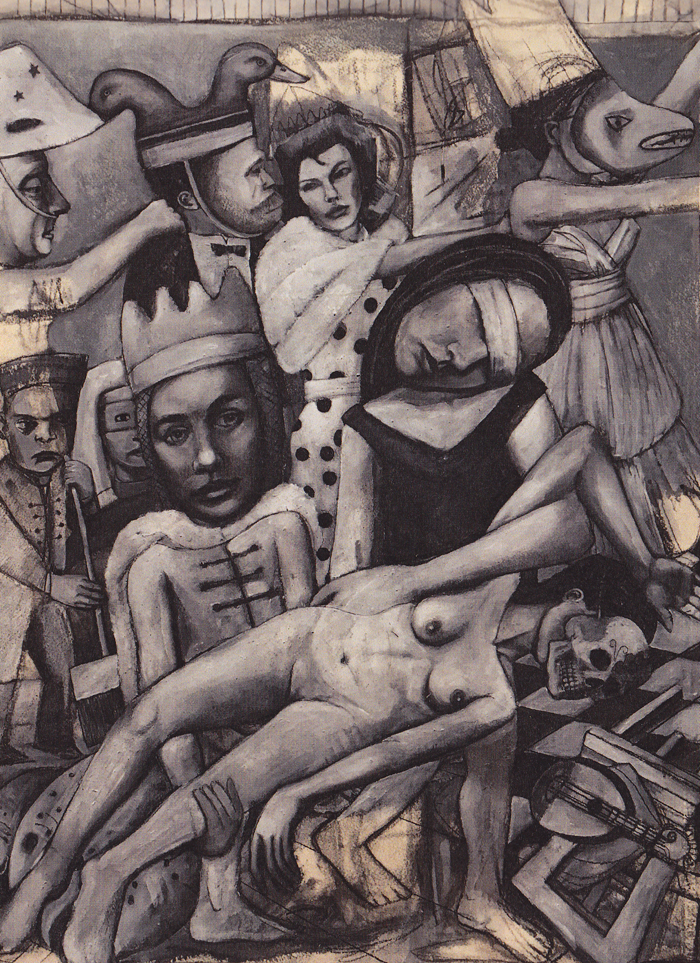 Tom Riggle, An Evening of Savage Conversation of So Long and Thanks of All the Conga
Tom Riggle, An Evening of Savage Conversation of So Long and Thanks of All the Conga
RW: Finally, what do you think is (or should be) the relationship between art and activism in the age of Trump?
GK: Well, artists have always been activists since time immemorial. So keep going! So when you ask what it “should” be, I think artists should be doing their work and voicing another narrative. Again, I’m a theatre person, so I always think about narrative. I think the dominant narrative is changing, driven by the current political climate, and it’s really important that artists voice narratives that are not popular. There can be other ways as well. At least the election has woken us up to rural communities, communities that we don’t necessarily agree with, and one of the tools that artists have is to have those conversations across differences. My daughter is a filmmaker, and she’s like “I’m trying to find people who voted for Donald Trump to interview,” and I can’t even find one! We live in a bubble, but artists have the capacity to engage and have those conversations across differences. It’s imperative that we do, because the other side of thinking about things is so extreme.
For example, I’m muslim, just FYI, so I feel very much afraid. And I became a citizen last year, so I’m wondering what will happen with this administration? But there are so many other narratives that need to get out, like do you know you could be sitting across from a muslim, and it doesn’t have to be someone wearing a hijab? There are lots of shades and creeds of muslim out there, and the current simplification of what that means is so out of order to me that it’s insane. Also, I was a refugee. I grew up in London as a refugee from war in Turkey. Now, I’m a productive member of society who has contributed to the growth of this community. What about that narrative? It doesn’t get out. To me, that is what is so frightening, and I think artists need to be out there, helping to tell those stories.
Wintertide is on view at Public Functionary through February 11th. Gallery Hours: Thursdays, Fridays, and Saturdays, Noon – 6pm. Special evening hours Friday, February 10th, 2017 - 7 to 11pm.
Banner image: Amro Sallam, Ezbet Abu Qarn
We can't do it without you.
Help keep independent arts journalism alive in the Twin Cities.